Business Process Management (BPM) is no longer a buzzword – it’s a critical imperative for businesses of all sizes. In today’s rapidly evolving market, organizations are constantly facing new challenges, increased competition, and shifting customer expectations. Effectively managing these processes is no longer a matter of simply streamlining existing workflows; it’s about fundamentally redesigning how work gets done to achieve greater efficiency, improved customer satisfaction, and a sustainable competitive advantage. This article will delve into the core principles of BPM, explore its benefits, and provide a roadmap for implementing successful solutions. Business Process Management is about more than just automation; it’s about understanding, analyzing, and optimizing the entire lifecycle of a process, from initiation to completion. It’s a strategic approach that leverages technology and human expertise to deliver consistent, high-quality results. The shift towards digital transformation has amplified the need for robust BPM practices, demanding a proactive and data-driven approach. Ignoring BPM risks operational inefficiencies, increased costs, and ultimately, a loss of market share. Let’s explore how businesses can harness the power of BPM to thrive in the modern landscape.
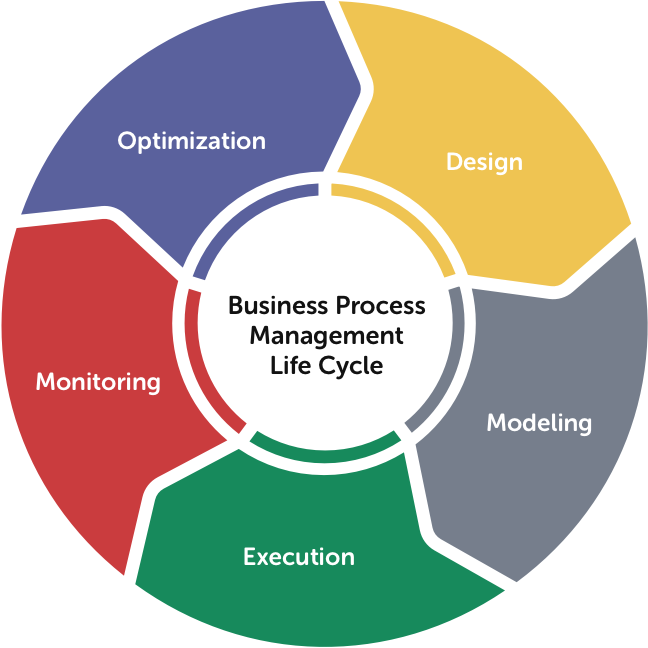
Understanding the Core Principles of BPM
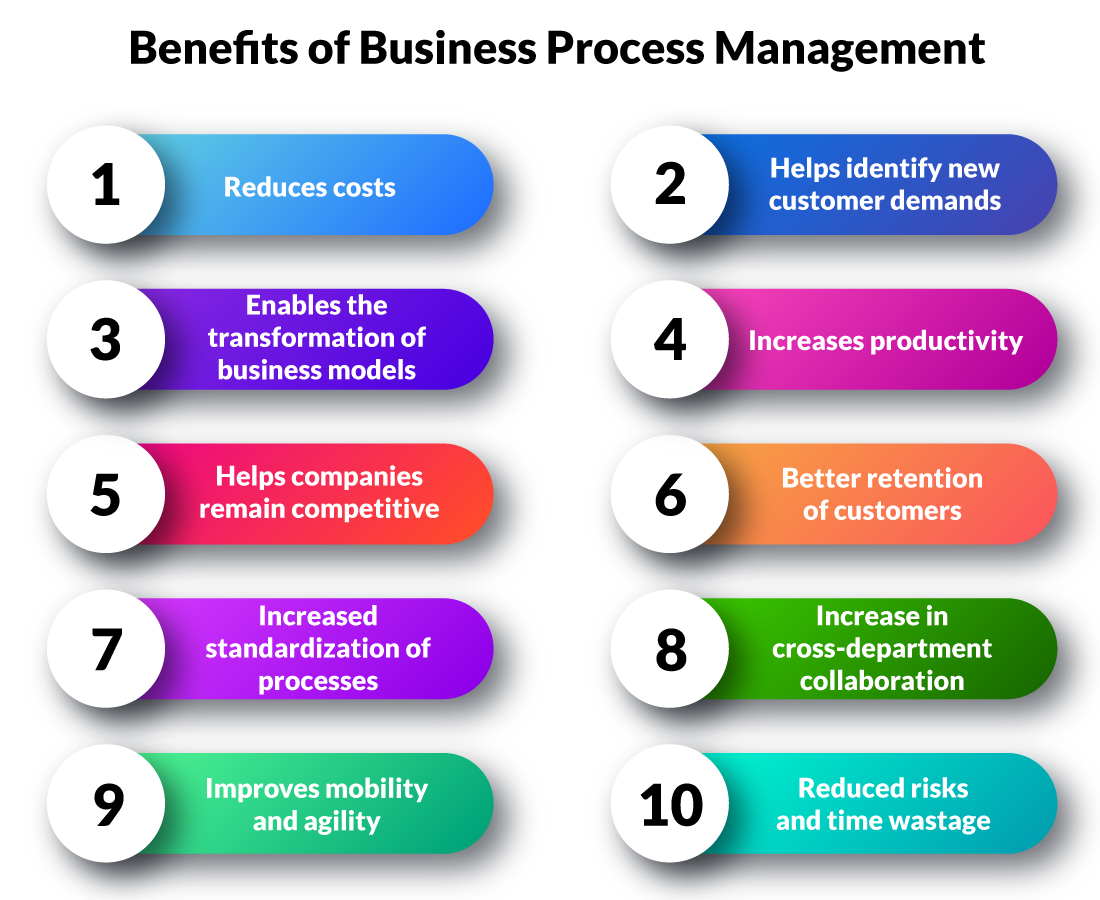
At its heart, BPM is a systematic approach to managing and improving business processes. It’s not simply about implementing software; it’s about embedding a culture of continuous improvement and a commitment to optimizing workflows. Several key principles underpin successful BPM implementations:

- Process Mapping: The foundation of any BPM initiative is a thorough understanding of existing processes. This involves meticulously mapping out each step, identifying bottlenecks, and documenting the roles and responsibilities involved. Visualizing processes using tools like flowcharts and process diagrams is crucial for identifying areas for improvement. Without a clear visual representation, it’s difficult to pinpoint inefficiencies and opportunities for optimization.
- Process Analysis: Once processes are mapped, it’s time to analyze them. This involves identifying root causes of problems, measuring key performance indicators (KPIs), and understanding the impact of each step on the overall business. Techniques like value stream mapping can be incredibly valuable here.
- Process Optimization: Based on the analysis, optimize processes to eliminate waste, reduce redundancies, and improve efficiency. This might involve automating tasks, streamlining workflows, or redesigning processes to eliminate unnecessary steps.
- Continuous Improvement: BPM isn’t a one-time project; it’s an ongoing cycle of monitoring, analysis, and adjustment. Regularly reviewing processes and implementing improvements ensures that organizations remain agile and responsive to changing business needs.
Key BPM Processes and Methodologies
Several methodologies and frameworks are commonly used within the BPM landscape. Understanding these different approaches can help organizations choose the best fit for their specific needs.
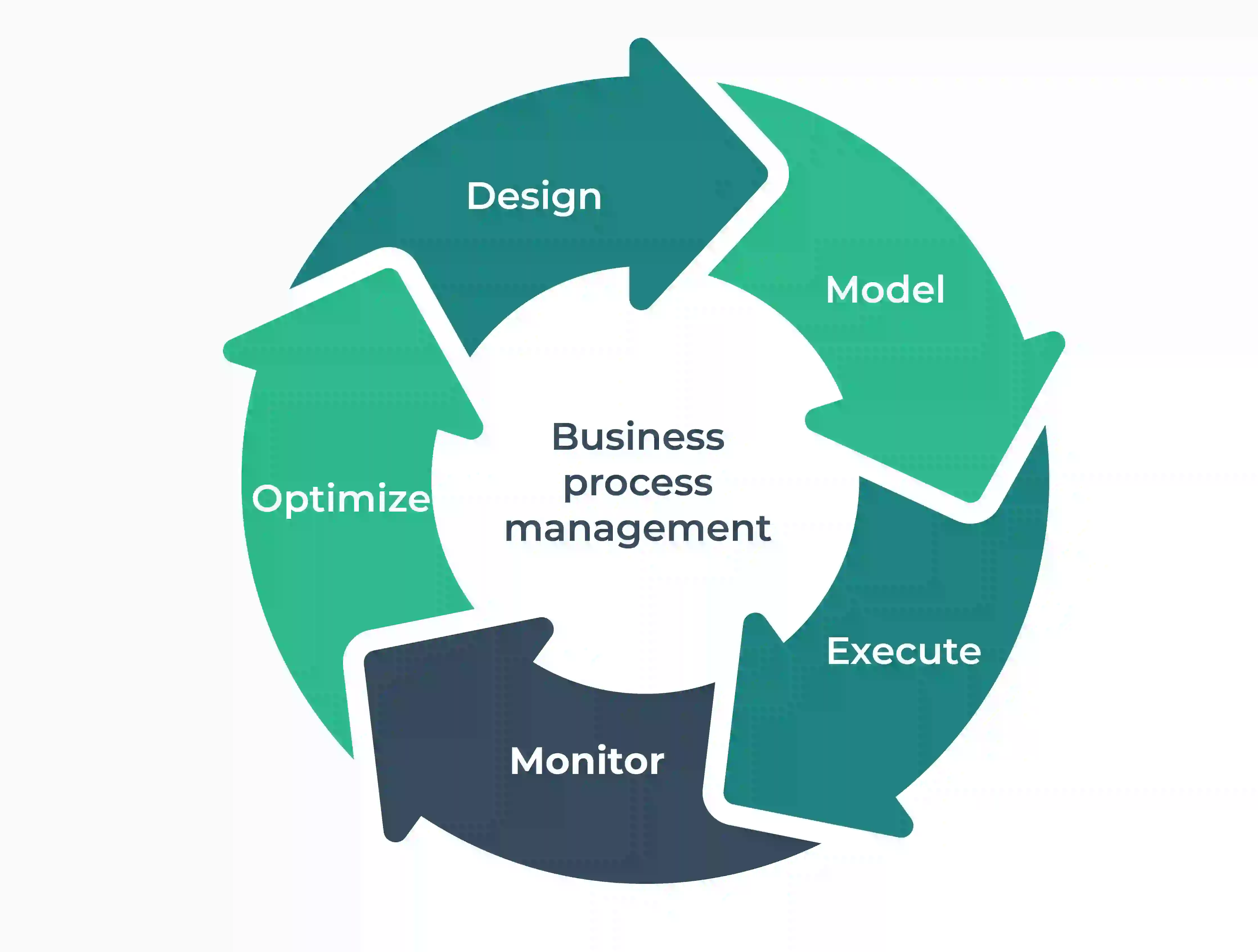
- Lean BPM: This approach focuses on eliminating waste and maximizing value. It emphasizes continuous improvement and the use of techniques like value stream mapping and Kanban to optimize workflows.
- Six Sigma: A data-driven methodology used to reduce variation and improve process quality. Six Sigma projects are typically focused on identifying and eliminating defects in processes.
- Business Process Reengineering (BPR): A more radical approach that involves completely redesigning processes from the ground up to achieve dramatic improvements in efficiency and effectiveness. While often controversial, BPR can be effective when addressing fundamental flaws in existing processes.
- Agile BPM: This approach combines the flexibility of Agile methodologies with the rigor of BPM. It emphasizes iterative development, collaboration, and continuous feedback.
Benefits of Implementing Business Process Management
The benefits of adopting a BPM strategy are far-reaching and can significantly impact an organization’s bottom line. Here are some key advantages:

- Increased Efficiency: Streamlined processes reduce wasted time and resources, leading to increased productivity.
- Reduced Costs: Eliminating redundancies, automating tasks, and optimizing resource allocation can significantly lower operational costs.
- Improved Customer Satisfaction: Faster response times, more accurate service delivery, and personalized experiences contribute to higher customer satisfaction.
- Enhanced Compliance: BPM helps organizations maintain compliance with regulations and industry standards.
- Greater Agility: A flexible and responsive process structure allows businesses to adapt quickly to changing market conditions.
- Better Decision-Making: Data-driven insights derived from process analysis empower informed decision-making.
Implementing a Business Process Management Strategy – A Step-by-Step Approach
Implementing a successful BPM strategy requires careful planning and execution. Here’s a suggested approach:
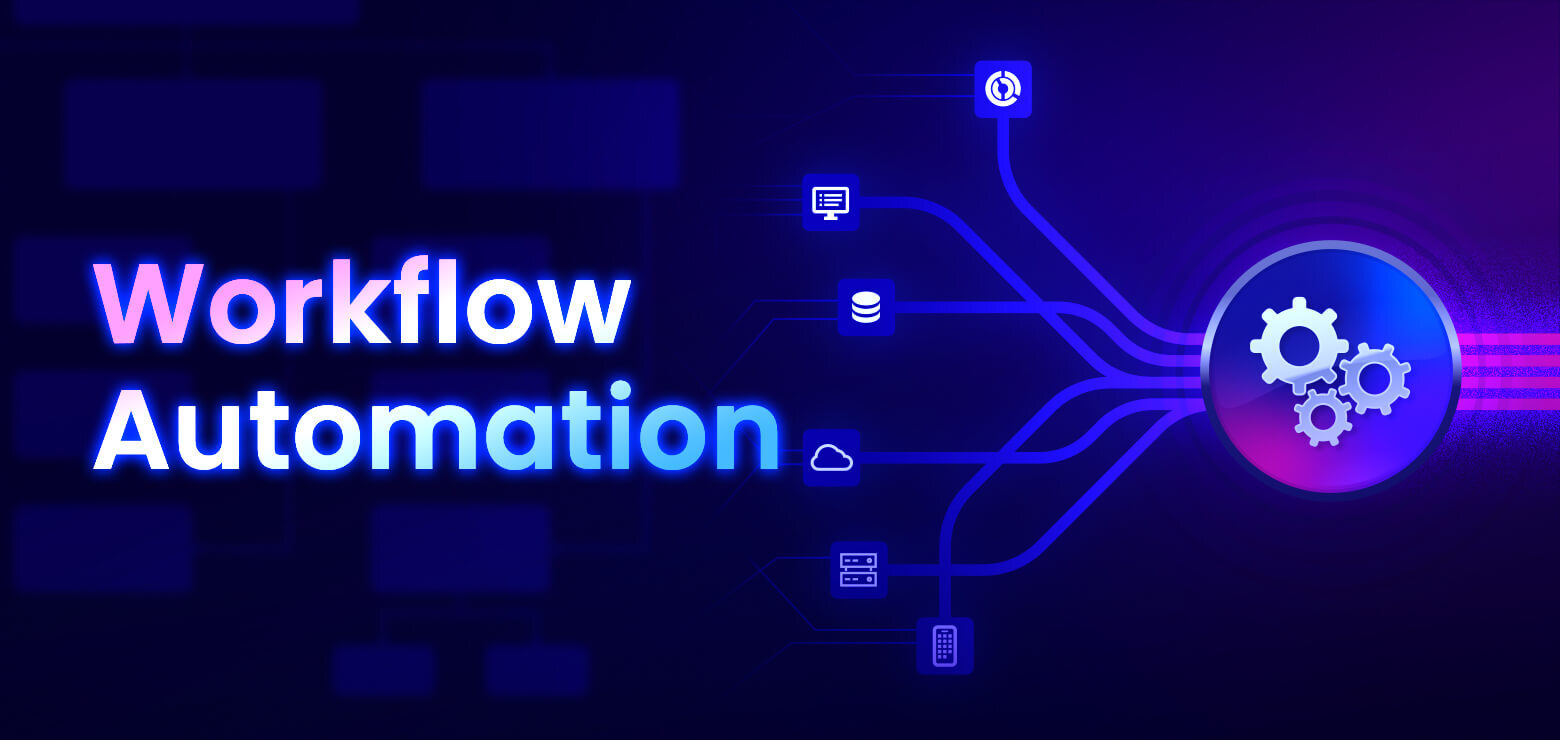
- Define Your Goals: Clearly articulate what you want to achieve with BPM. What specific business problems are you trying to solve?
- Assess Your Current State: Conduct a thorough assessment of your existing processes to identify areas for improvement.
- Map Your Processes: Create detailed process maps to visualize and understand your workflows.
- Identify Bottlenecks: Analyze your process maps to pinpoint bottlenecks and areas of inefficiency.
- Develop Improvement Plans: Create detailed plans for optimizing your processes, including specific actions and timelines.
- Implement Changes: Put your improvement plans into action, implementing changes incrementally.
- Monitor and Evaluate: Continuously monitor your processes to track progress and identify areas for further optimization. Regularly review KPIs to measure the impact of your changes.
The Role of Technology in BPM
Technology plays a crucial role in enabling and supporting BPM initiatives. A variety of tools and platforms are available to automate processes, manage workflows, and collect data. Some popular options include:
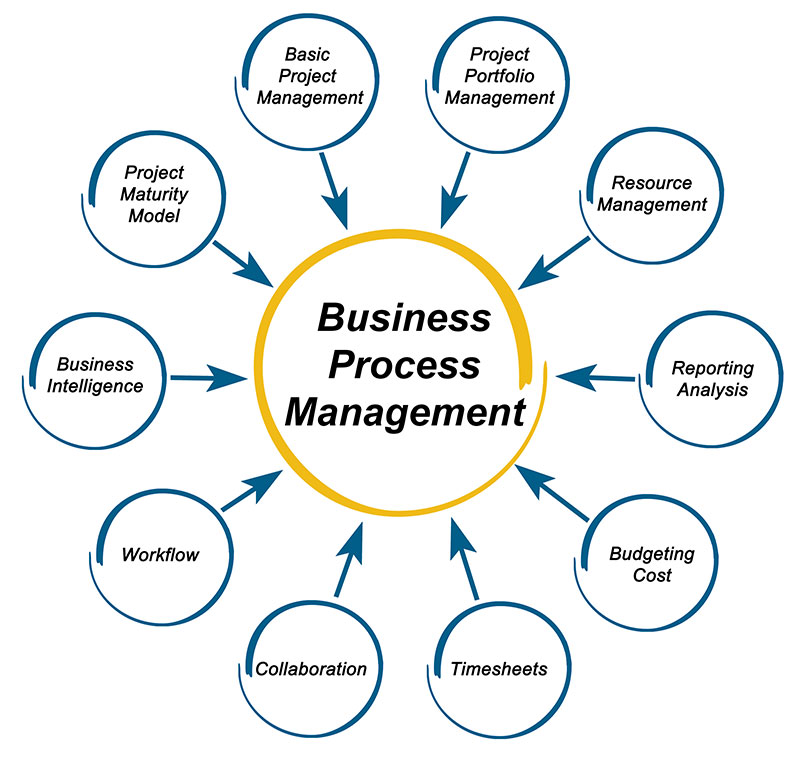
- Workflow Automation Software: Tools like Zapier and Microsoft Power Automate can automate repetitive tasks and streamline workflows.
- Business Process Management Suites (BPMS): Platforms like Appian and Pega provide comprehensive BPM capabilities, including process modeling, workflow automation, and analytics.
- Robotic Process Automation (RPA): RPA tools automate repetitive, rule-based tasks, freeing up human employees for more strategic work.
- Data Analytics and Business Intelligence (BI) Tools: Tools like Tableau and Power BI help organizations analyze process data and identify trends.
Conclusion
Business Process Management is no longer a luxury; it’s a necessity for organizations seeking to thrive in today’s competitive landscape. By embracing a strategic and data-driven approach to process management, businesses can unlock significant improvements in efficiency, cost savings, and customer satisfaction. The key to success lies in a commitment to continuous improvement, a focus on understanding the "why" behind processes, and the strategic use of technology. Business Process Management is an investment that pays dividends in the long run. As technology continues to evolve, so too will the capabilities and effectiveness of BPM solutions. Organizations that proactively embrace BPM will be best positioned to navigate the complexities of the modern business environment and achieve sustainable success. Ultimately, successful BPM is about creating a more agile, responsive, and profitable organization.
